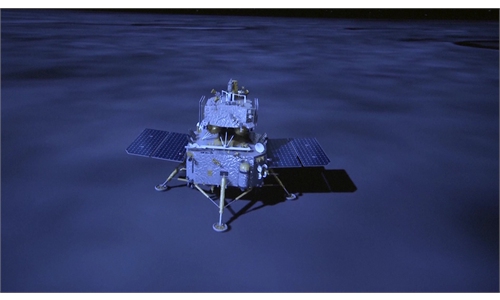THE 11-day official visit of Datuk Seri Dr Ahmad Zahid Hamidi to China has not only helped bolster Malaysia-China diplomatic relations but also fostered meaningful collaborations for businesses and the people back home.
Despite a tight schedule that took him through Hong Kong, Shanghai and Beijing, the Deputy Prime Minister always maintained a warm smile, especially during his numerous courtesy meetings with Chinese leaders and officials.
His joy and pride of being on the trip was palpable as he had on more than one occasion expressed his admiration for the responsiveness and openness of the Chinese government during the visit.
During an appreciation dinner, Majlis Amanah Rakyat (Mara) chairman Datuk Dr Asyraf Wajdi Dusuki, who was part of the Malaysian delegation, hailed the visit as “fruitful and impactful”.
“The swift and comprehensive responses from Chinese leaders and institutions regarding our cooperation proposals are a positive sign for Malaysia, particularly in educational collaborations between the countries.
“We have strengthened ties in higher education, especially in TVET (technical and vocational education and training), and tourism following the 30-day visa-free travel ease, benefiting both nations.
“We are delighted that Mara and GiatMara will offer more valuable TVET opportunities for Malaysian students.
“This is also a good sign of more such positive tie-ups to come, as both countries move towards a new chapter of an even stronger friendship after this golden jubilee celebration,” he said.
Despite this being his first visit to China as Malaysia’s Deputy Prime Minister, Ahmad Zahid, who is also the Rural and Regional Development Minister, is no stranger to Chinese leaders.
During a courtesy call on China’s State Councillor and Public Security Minister Wang Xiaohong, a warm and convivial atmosphere was prevalent as both leaders, who have been friends for a long time, shared laughter.
When Wang introduced his colleagues to his guest, Ahmad Zahid easily identified some of them.
Speaking to the media, Ahmad Zahid, also the National TVET Council Committee chairman, could not but marvel at China’s commitment to being a strategic partner in the TVET sector, an area close to his heart.
The bilateral discussions encompassed artificial intelligence, electric vehicles, renewable energy, and technology transfer.
Expectations are high for further cooperation between China and Malaysia, with the upcoming visit of Chinese Premier Li Qiang to Malaysia this month.
During engagements with the Malaysian diaspora in Tier 1 cities in China, Ahmad Zahid received a warm reception and commended the loyalty of Malaysians even when they were seeking opportunities abroad.
First-tier cities comprise Beijing, Shanghai, Guangzhou and Shenzhen – the four most developed cities in terms of economic and infrastructure development.
A media veteran observed that the choice of Hong Kong, Shanghai and Beijing on Ahmad Zahid’s itinerary was because of their expertise in TVET, high technology, and knowledge transfer.
“These visits are seen as a continuation of the agreements reached between Prime Minister Datuk Seri Anwar Ibrahim and his Chinese counterpart last year.
“Both sides are happy that he (Ahmad Zahid) is here, as assurance that the agreed projects are being implemented, the media veteran said.
Ahmad Zahid also emphasised the importance of setting a timeline for turning memoranda of understanding into action and reality.
It is clear that he is committed to ensuring that the collaborations and partnerships forged during his visit will produce tangible benefits for both Malaysia and China.
With continuing hard work and dedication, this solid relationship can only grow and prosper in the 50 years ahead – and beyond.




















